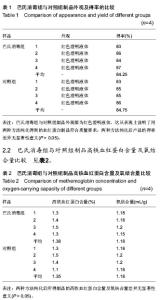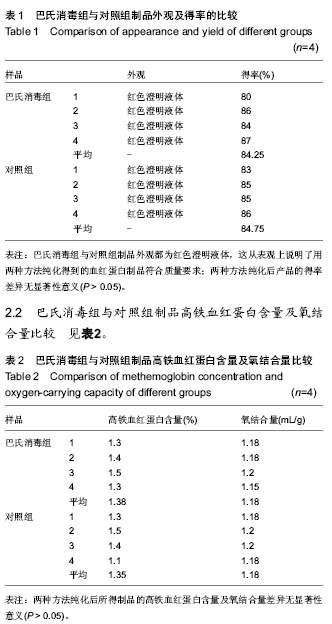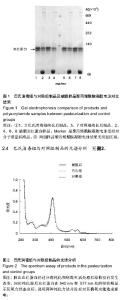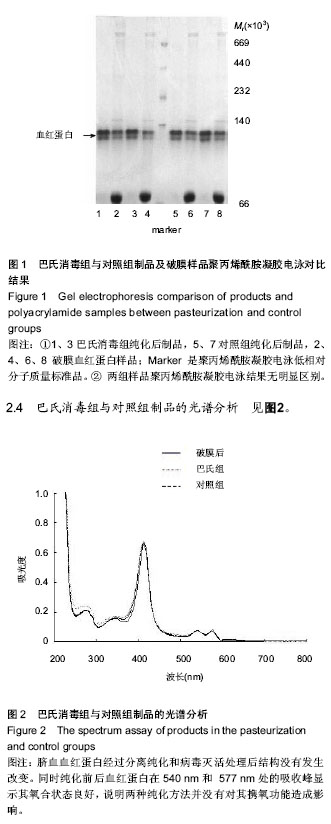Chinese Journal of Tissue Engineering Research ›› 2014, Vol. 18 ›› Issue (23): 3660-3663.doi: 10.3969/j.issn.2095-4344.2014.23.009
Previous Articles Next Articles
Pasteurization affects the physicochemical properties and biological function of hemoglobin?
Li Feng-juan1,2, Feng Jie2, Li Shen3, Yang Cheng-min2, 3
- 1School of Environmental and Chemical Engineering, Tianjin Polytechnic University, Tianjin 300384, China; 2 Tianjin Union Institute of Biotechnology Development, Tianjin 300457, China; 3Institute of Blood Transfusion, Chinese Academy of Medical Sciences, Chengdu 610052, Sichuan Province, China





